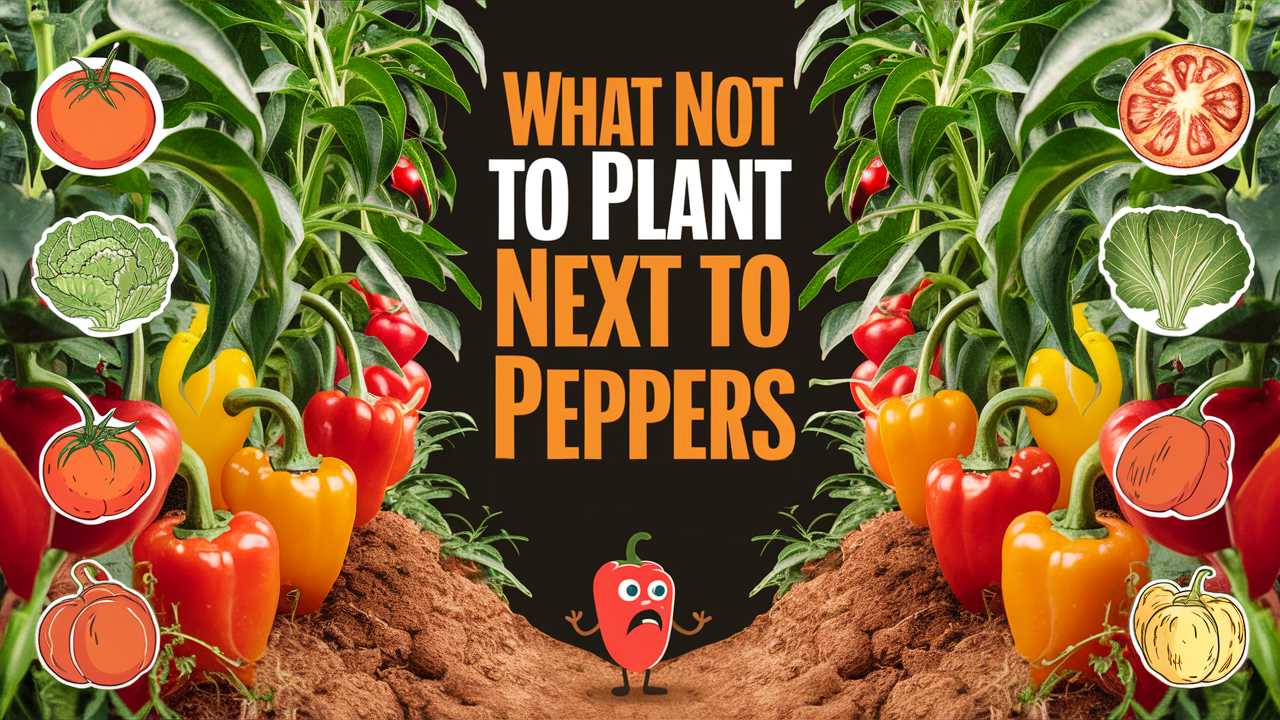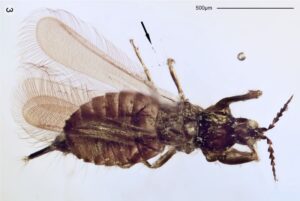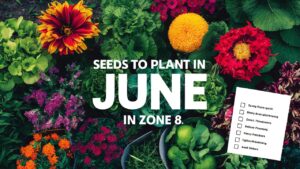Some plants can compete for nutrients, attract unwanted pests, or release allelopathic compounds that can hinder your pepper plants’ growth. In this post, we’ll delve into plants that should not reside alongside your cherished peppers, helping you create an optimal growing environment.
Sunflowers (Helianthus annuus)
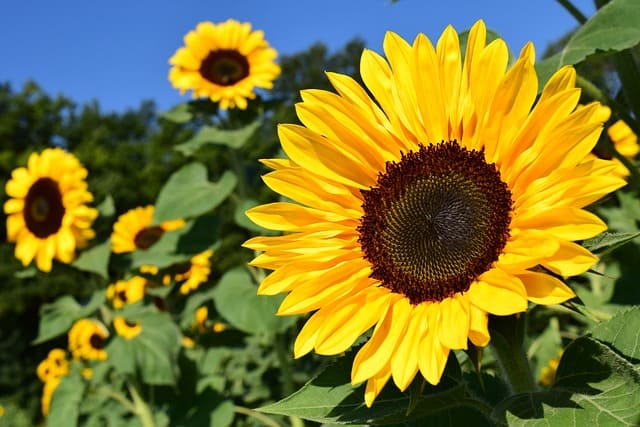
Sunflowers are a popular garden addition due to their impressive height and captivating blooms. However, planting them next to peppers is not advisable. While sunflowers can attract beneficial insects like pollinators and predatory plants, they can also harbor pests such as aphids, which may then make their way to your peppers.
Additionally, sunflowers can grow tall and cast shade over your pepper plants. Peppers thrive in full sunlight, and any obstruction can lead to reduced yields and stunted growth. Furthermore, their extensive root systems may compete with peppers for soil nutrients and moisture, inhibiting their development. If you aim to maximize your pepper harvest, it’s best to keep sunflowers at a distance.
Goldenrod (Solidago spp.)
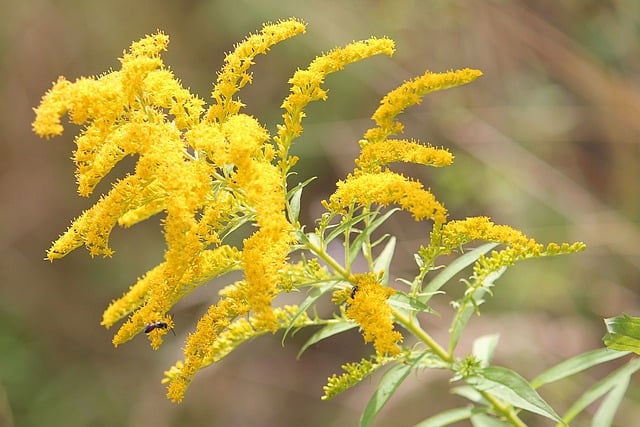
Goldenrod is often celebrated for its bright yellow flower clusters and ability to attract pollinators. However, its relationship with peppers can be decidedly unfavorable. Goldenrod is notorious for its vigorous growth and tendency to dominate garden spaces, which can lead to competition for resources. While peppers require a balanced concentration of nutrients, goldenrod’s aggressive nature can lead to nutrient depletion in the soil, negatively affecting the health of your peppers.
Moreover, goldenrod can act as a host for certain pests, such as spider mites and aphids. These pests may spread to your pepper plants, causing potential damage. If you want your peppers to thrive, consider giving goldenrod its own space, away from your vegetable garden.
Lavender (Lavandula spp.)
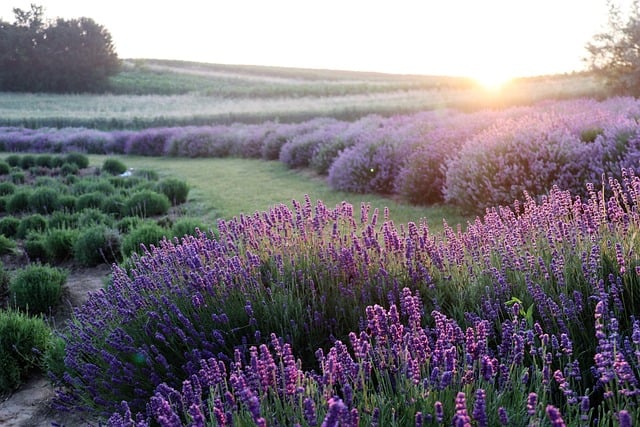
Lavender, with its aromatic blooms and soothing fragrance, often finds favor in herb gardens. Yet, this herb may not be the best companion for peppers. Lavender has a preference for well-drained, poor soils and thrives in conditions where peppers might struggle, such as hot and dry climates. This mismatch in soil and moisture preferences can lead to problems, as the two plants will compete for water and nutrients.
Additionally, while lavender is great for attracting pollinators, it can also attract unwanted pests that tend to be attracted to both plants. Aphids, for example, are drawn to lavender and may inadvertently migrate to your pepper plants. If you cherish your pepper plants, it may be wise to appreciate lavender from afar and plant it in another part of your garden where it can flourish independently.
Fennel (Foeniculum vulgare)
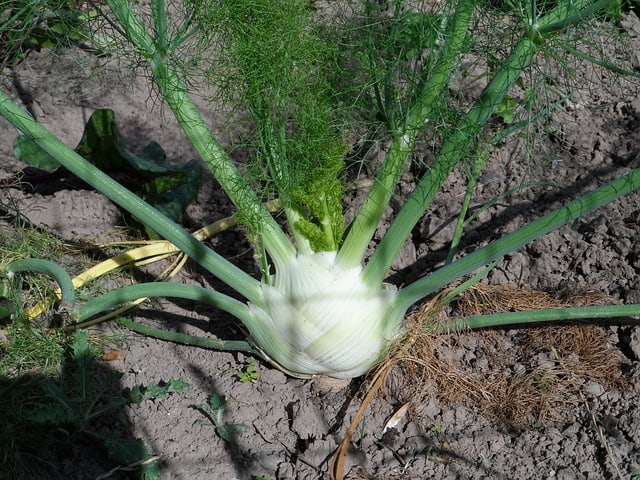
Fennel is a striking plant with an intriguing flavor profile, but its presence in a pepper garden is far from ideal. One of the primary concerns with fennel is its allelopathic characteristics. This means that fennel can release natural chemicals into the soil that suppress the growth of neighboring plants, including peppers. This chemical warfare can stunt pepper growth or even lead to their decline.
Moreover, fennel can attract a variety of pests and beneficial insects. While beneficial insects, like ladybugs, can help your garden, fennel may attract pests like the fennel aphid. These pests can easily transfer to your nearby peppers and create a pest problem. To ensure your peppers remain healthy and productive, it’s best to enjoy fennel in a separate area of your garden.
Strawberries (Fragaria × ananassa)
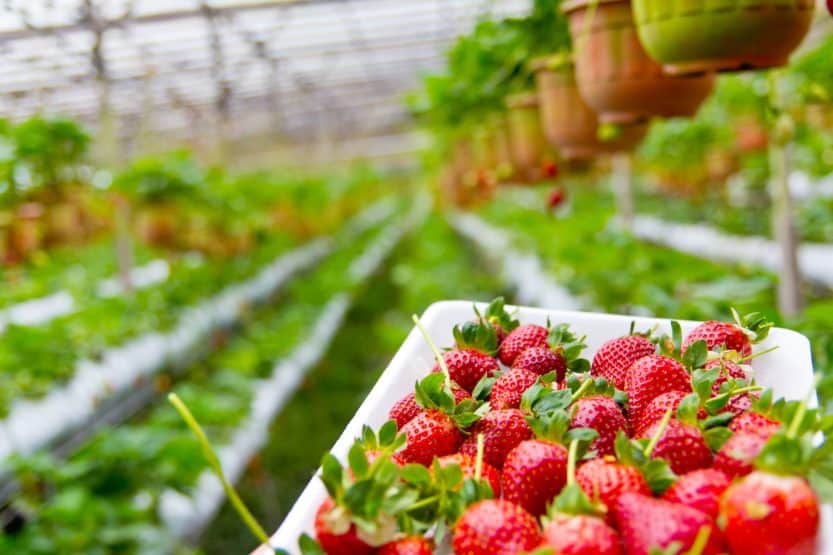
Strawberries are a beloved garden staple, but they may not make the best companions for peppers. One of the main concerns is that strawberries have shallow root systems, which can lead to competition for nutrients at the soil surface. This competition can become even more pronounced if you are growing both strawberries and peppers in close proximity. You might find your strawberries thriving while your peppers struggle.
Additionally, strawberries are susceptible to some of the same pests and diseases that can affect peppers, such as aphids and fungal diseases. This overlap can create a perfect storm for infestations, which may have both plants struggling simultaneously. To avoid these issues, it’s wise to keep strawberries and peppers apart for a more balanced garden ecosystem.
Potatoes (Solanum tuberosum)
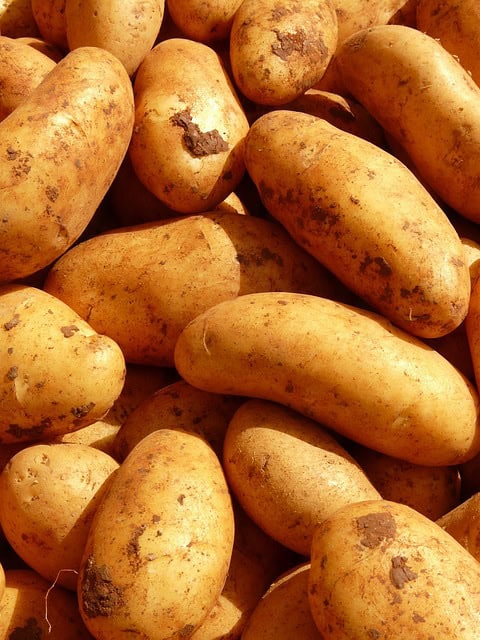
Potatoes and peppers belong to the same plant family, Solanaceae, which includes other commonly grown plants like tomatoes and eggplants. While this family connection might suggest harmony, the reality is that planting potatoes near peppers can create unforeseen challenges. Both plants are susceptible to similar pests and diseases, particularly blight and aphids, which can easily spread between them in close quarters.
Moreover, potatoes require significant amounts of nutrients, especially nitrogen, to grow robustly. This shared dietary need can lead to nutrient depletion in the soil, potentially stunting pepper development and yield. It’s generally a wise choice to allocate different garden areas for potatoes and peppers to keep both thriving successfully.
Black Walnut (Juglans nigra)
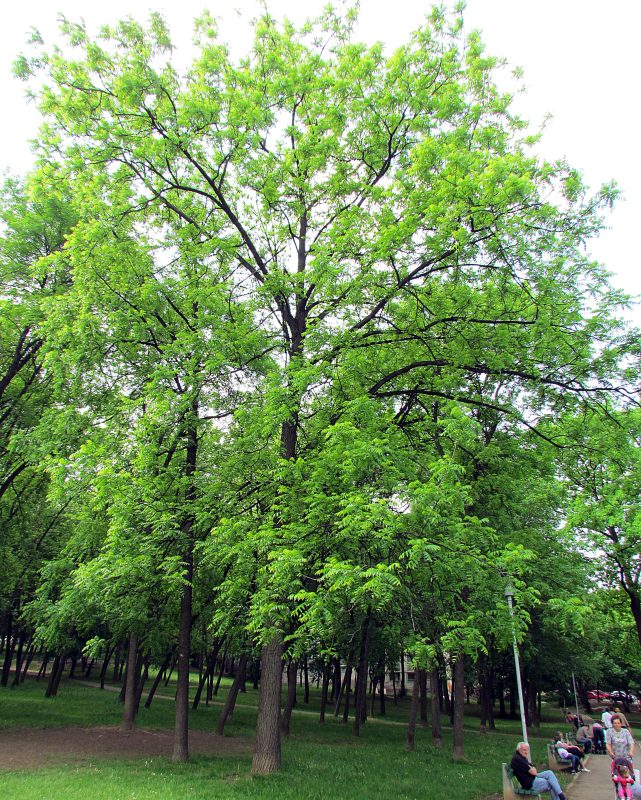
The black walnut tree is known for its beautiful foliage and valuable wood, but it poses serious challenges to garden plants, including peppers. Black walnuts produce a chemical called juglone, which is toxic to many plants, including many vegetables. When planted nearby, black walnuts can inhibit the growth of peppers and may even lead to plant decline.
Gardeners seeking to cultivate healthy peppers would do well to steer clear of planting them in the vicinity of black walnut trees. In fact, any plants that exhibit sensitivity to juglone may require significant distance from the tree to flourish. Creating a garden design that respects the toxic nature of black walnuts is crucial for maintaining a healthy growing environment.
Brassicas (Brassica oleracea)
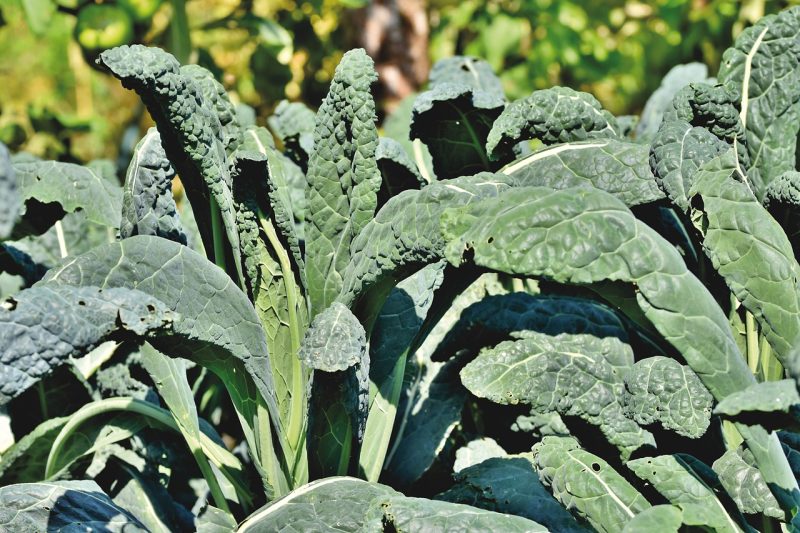
Brassicas, which include vegetables like cabbage, broccoli, and cauliflower, are nutrient-hungry plants that might appear at first glance as suitable companions for peppers. However, this assumption could be misleading. Brassicas tend to have similar nutrient requirements to peppers and might outcompete them for vital nutrients in the soil. This can lead to poor growth and yield.
Another concern is that both brassicas and peppers can be targeted by similar pests, such as aphids and caterpillars. Close planting can exacerbate pest issues, allowing the pests to thrive unchecked. Furthermore, brassicas can share diseases with peppers that affect foliage and overall plant health. If your goal is to cultivate a productive pepper crop, it’s advisable to give brassicas their own space rather than planting them alongside your peppers.
Peach Trees
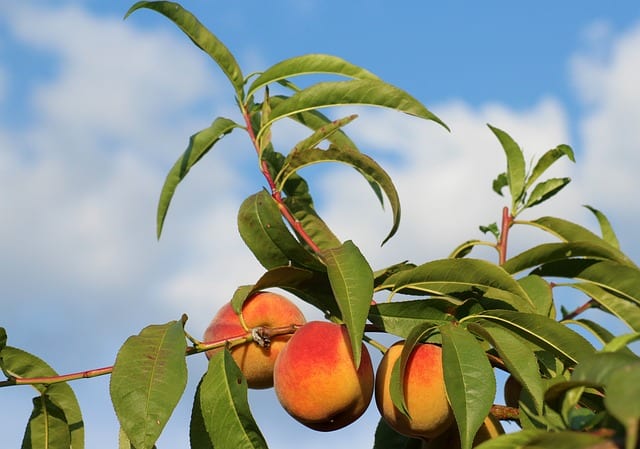
Peach trees, with their delectable fruits and lovely blossoms, can present challenges when planted near peppers. One concern is the potential for shade; peach trees can grow quite large, leading to diminished sunlight for your pepper plants. Peppers thrive best in full sun, and without adequate light, their growth could be stunted.
Moreover, peach trees can harbor pests and diseases that might easily spread to neighboring plants. For instance, the peach tree borer can affect many plants in the same vicinity, and this can disrupt the health of your peppers. While peach trees are lovely additions to your landscape, if you desire an abundant pepper harvest, it’s better to maintain a healthy distance between the two.
Eggplant (Solanum melongena)
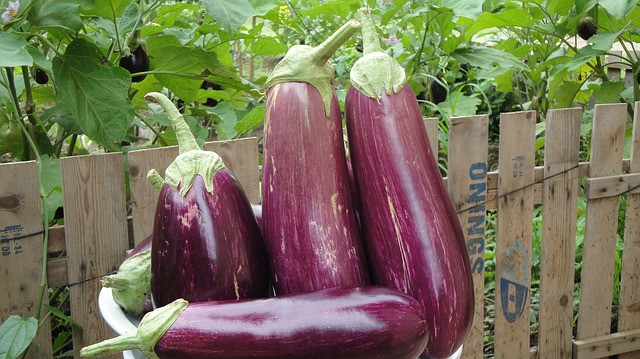
Though eggplants and peppers share family ties as members of the Solanaceae family, they are far from ideal garden companions. Both plants require similar nutrients and are vulnerable to a host of shared pests, such as aphids and spider mites. This makes planting them close to each other a risky proposition. The overlap in nutrient requirements can lead to increased competition, possibly stunting the growth and yield of both plants.
In addition, both peppers and eggplants may suffer from diseases such as blossom drop and fruit rot, which can create a cascade effect if one plant becomes infected. Keeping a distance between these closely related crops can help mitigate the risk by breaking disease cycles and allowing for better resource distribution in the soil.


